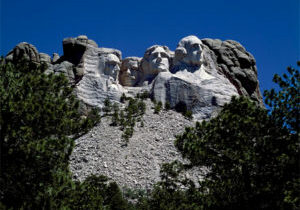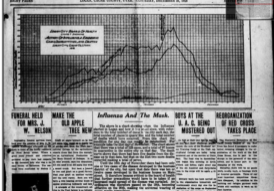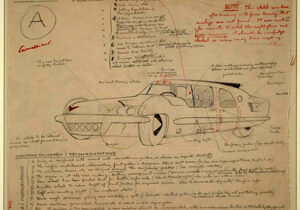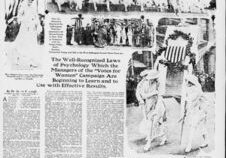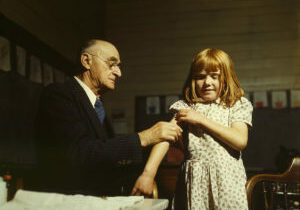Lesson Plans
Outbreak – A World Wide Health Crisis
As the world confronts global health problems such as epidemics or pandemics, involve your students in an authentic lesson that looks at past primary sources to increase understanding of health related issues. Encourage students to use past and current information and digital tools to research, make informed decisions and contribute to their own and their community’s health information.
Science & the Suffragettes
Students evaluate historical claims and the evidence to support them and consider their applicability to today.
Shrinking Glaciers
Students analyze historical and contemporary maps to calculate glacier loss on Mount Rainier over time, then explore ideas for slowing glacier loss.
Carbon Footprints, Climate, and Civic Causes
Students make connections between environmental science and civics as a means to impact the environment and the quality of life using sources from the Library of Congress and science concepts to consider the role as civic environmentalists. Students identify how humans have influenced climate change since the Industrial Revolution and a variety of methods that will give students the power to affect the climate of tomorrow. Students then calculate their own carbon footprint and use the EPA material to create an action plan to impact change.
The Scientific Method, School Shootings, and Civic Action
Students make connections between scientific method of thinking and the rights of the American democracy established by the Constitution regarding civic action. Integrating scientific thinking with civic content, students experience the connection between methods of scientific analysis and civic action. Next, students examine the history of school safety in this country, school related violence and death, and legislative efforts to improve school safety. Students then generate questions, draw conclusions and develop their own plan to use data for civic action.
Electromagnetism, Electric Communication, and Community
Students examine the science of communication and its role in building community in our country. Using the invention of the telegraph and what it meant for the unification of our nation, students look at the scientific elements of communication and the impact on people, then explore electromagnetism and electric communication by doing a hands-on activity to build and use their own telegraph machines out of household materials or by viewing a video on building a telegraph. Finally, students put the role of communication in community building into a broad and applicable context by evaluating the place of digital communication in today’s world.
Mandatory Vaccinations: Yea or Nay?
In this three-part lesson students discuss the proper role of government in making public health decisions. In Part I, students discuss their prior knowledge of vaccinations and the purpose of vaccinations. In Part II, students assume the roles of members of Congress to determine if they will vote on a bill to require parents to vaccinate their children. Students will use primary sources to explore the issue, then will work in small groups to discuss both sides of the argument. Finally, students will state and support their vote for or against the bill. In Part III, students conduct independent research in order write their answer to the Essential Question.
- « Previous
- 1
- 2
- 3
- Next »


